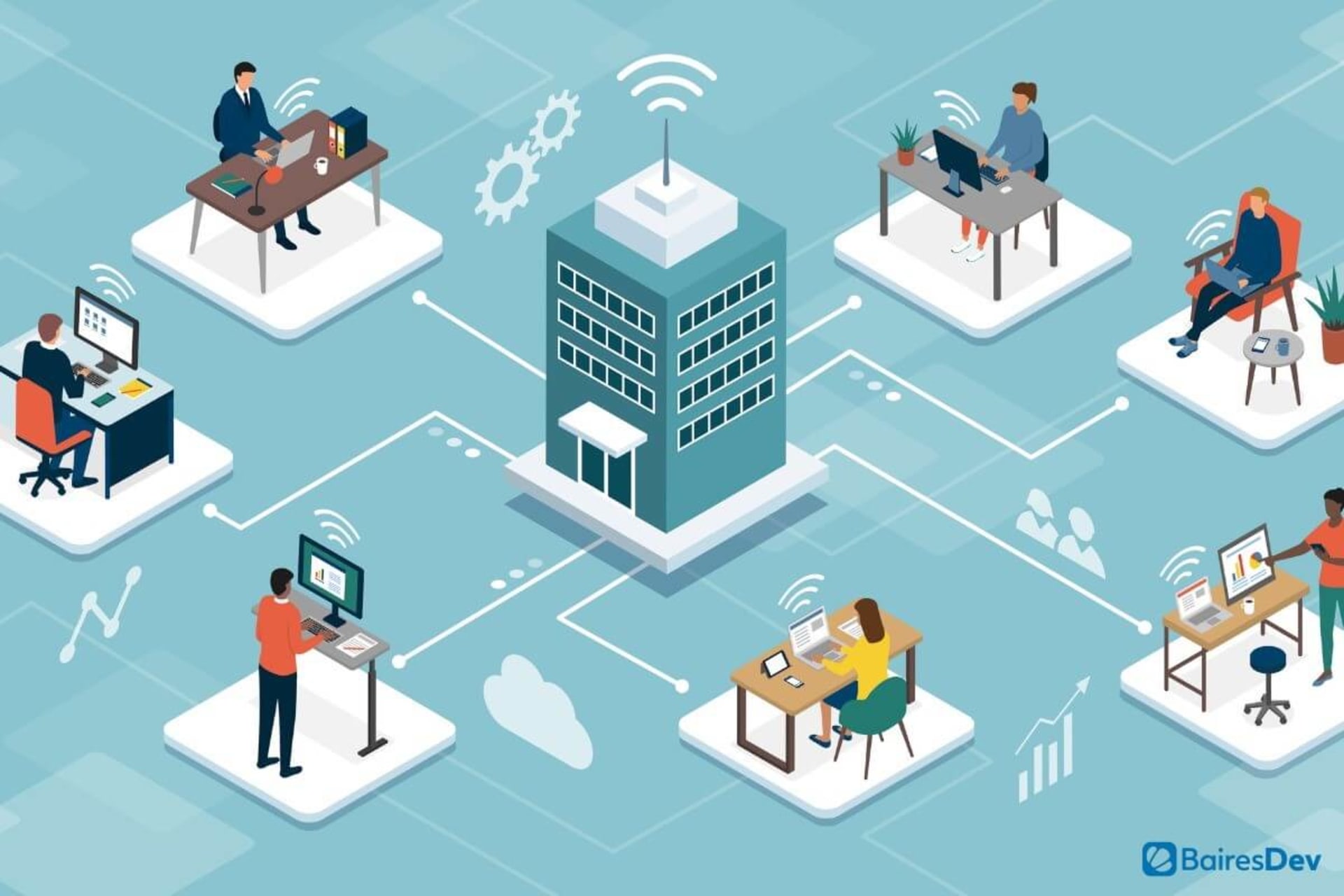- Home
- Software Development Services
- Staff Augmentation
Staff Augmentation
Your developers and ours. Integrated.
Augment your tech teams with our developers, adding the expertise you need.
Expand Your LineupWhat is staff augmentation?
Staff augmentation is a flexible hiring strategy that provides you with skilled professionals to fill skill gaps or expand your teams without the cost or commitment of full-time hires. Need to tackle technical debt or support complex projects? We give you the expert tech talent you need—when you need it.
Skip the hiring hassles.
Put top 1% LATAM tech talent on your team, fast.Work with vetted senior developers
Out of 2.2 million job applicants per year, we hire less than 1%. Everyone is rigorously tested for technical skills, critical thinking, and cultural fit.Access experts in 100s of technologies
We build everything from mobile and web apps to data visualizations tools that power decision-making across your organization.Onboard developers in 2-4 weeks
It doesn’t matter if you need one DevOps engineer or 20 full-stack developers. We have 4,000+ tech professionals on staff. Onboard specialists in weeks, not months.Collaborate in real time
Our dev teams work in US time zones. They join your calls and participate in your rituals, literally becoming part of your team.Communicate without barriers
Our dev teams are proficient in English and have a work ethic aligned with US teams. They collaborate effectively in meetings and team chats—preventing miscommunication and unnecessary delays.

Our experts have been working alongside in-house teams for over a decade.
Our Awards
Excellence.
Our minimum bar for client delivery.
Over 130 awards, accolades, and achievements showcase our quality and commitment to client success.
- 1,250+projects
delivered - 130+industry
sectors
America's Fastest-Growing Companies 2025 Top 100 U.S. IT Innovators 2025 Nearshore North America Top Software Developers 2025 Top 100 Global Outsourcing Providers 2024
Why augment your tech teams with us?
Using a staff augmentation approach is great when you need an extra boost to your development, either in a single team or across multiple teams. We integrate into existing rituals with ease.
Let's discuss how your setup should look.
Schedule a CallOur process. Simple, seamless, streamlined.
Complete a discovery call.
Tell us more about your business on a discovery call. We’ll discuss your project requirements, success criteria, timescale, budget and required skill sets to see if we can help.
Get the developers you need.
In just days, we’ll hand-select experts based on your needs and required expertise.
Onboard and scale as required.
Our team joins yours, and hits the ground running. Onboard your new team members, manage performance, and scale your headcount as needed.

Common questions about staff augmentation
A staff augmentation approach also enables you to hire developers in countries with lower costs of living which is often more cost-effective than hiring locally or in cities with a high cost of living.
Staff augmentation is better when you want to boost your existing teams while staying involved at a management level. Software outsourcing is better when you want to remove yourself and fully delegate your software development to an external team.
Related articles
Recent insights and research on software development teams and tech talent.
By Guillermo Carreras
By Michael Warren
By Lorena Albaretto
By BairesDev Editorial Team

Need to boost your existing team?
See how we can help.














































































